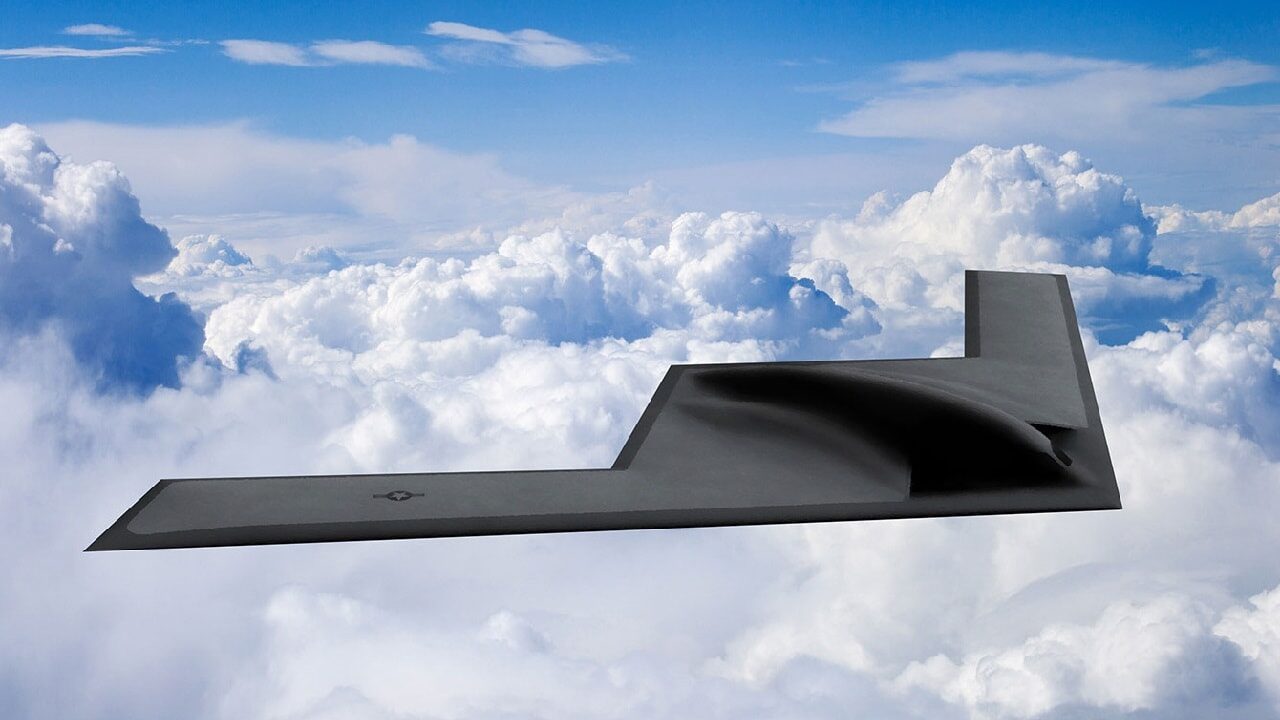B-21 to Get a Parts Contract for Production – The B-21 Raider is one step closer to reality. The next-generation stealth bomber will get a parts infusion as the Air Force looks to produce it in numbers. Northrop Grumman secured a $108 million contract to supply the B-21 with necessary components for manufacturing, the Air Force announced on April 6.
Get Those Parts to the Assembly Line
The Air Force has acknowledged that the B-21 will have a long lead time. They are depending on Northrop Grumman to provide parts as soon as possible. This will enable the first lot of the bombers to be made on schedule instead of waiting for parts while the airplane is assembled.
Six B-21s on the Way
Six of the B-21s are in different stages of production at Air Force Plant 42 in Palmdale, California. Some of the B-21s are undergoing ground testing to determine whether the design is correct. Other bombers are being painted while stealth coating is applied.
Could an Early Model Be Ready Later This Year?
A finished B-21 is expected to be presented to the public later this year, with the first flight occurring in 2023. Air Force brass is lauding the airplane as chock full of “game-changing technology,” and it plans to expend $5.2 billion on the B-21 next fiscal year.
“The B-21 Raider program is foundational to the Air Force’s operational imperative for an effective, long-range strike family of systems to guarantee our ability to strike any target, anytime, anywhere, even in the most contested environment,” Air Force Chief of Staff General Charles “CQ” Brown told Defense News April 7.
Nuclear-Capable Bomber
The United States has not developed a new bomber in over 30 years. The B-21 is a strategic intercontinental bomber that is dual-capable – able to deliver conventional and nuclear munitions. The Air Force wants to buy 100 of the B-21s.
Diverse Range of Weapons
Few details are available over open-source intelligence, but Northrop Grumman has released an artist rendering of a sleek flying wing. The defense firm has been working on the B-21 since 2015, when it was awarded the contract. The B-21 will be an important leg of the nuclear triad. It will be able to penetrate enemy air defenses and likely carry a large payload of precision-guided munitions including cruise missiles and perhaps hypersonic weapons.
Multi-role Platform
The airplane may also have electronic warfare capabilities and the ability to collect intelligence, surveillance, and reconnaissance data.
Air Force public affairs officers say the airplane is on schedule. The parts infusion will help Northrop Grumman and its manufacturing partners meet its milestones. Software and hardware will have to be integrated in a successful fashion. The software for the fuel control system has been on schedule, for example.
Making a Difference Against China
At least 100 B-21s, if the Air Force gets its wish, would give the service numerous ways to conduct missions in the Indo-Pacific and European areas of operations. It has much potential against China whose military brags about its vaunted anti-access area-denial concept of defense. The B-21 should be able to defeat this strategy with its capacity to fly unobserved into enemy territory.
1945 will keep an eye on the B-21 to see if it can maintain its ability to remain on schedule and stay under budget. This program could be a crowning achievement of the Air Force if it flies on time next year. And it will give air war planners another option for long-range stealth strike.
Now serving as 1945’s Defense and National Security Editor, Brent M. Eastwood, PhD, is the author of Humans, Machines, and Data: Future Trends in Warfare. He is an Emerging Threats expert and former U.S. Army Infantry officer. You can follow him on Twitter @BMEastwood.

